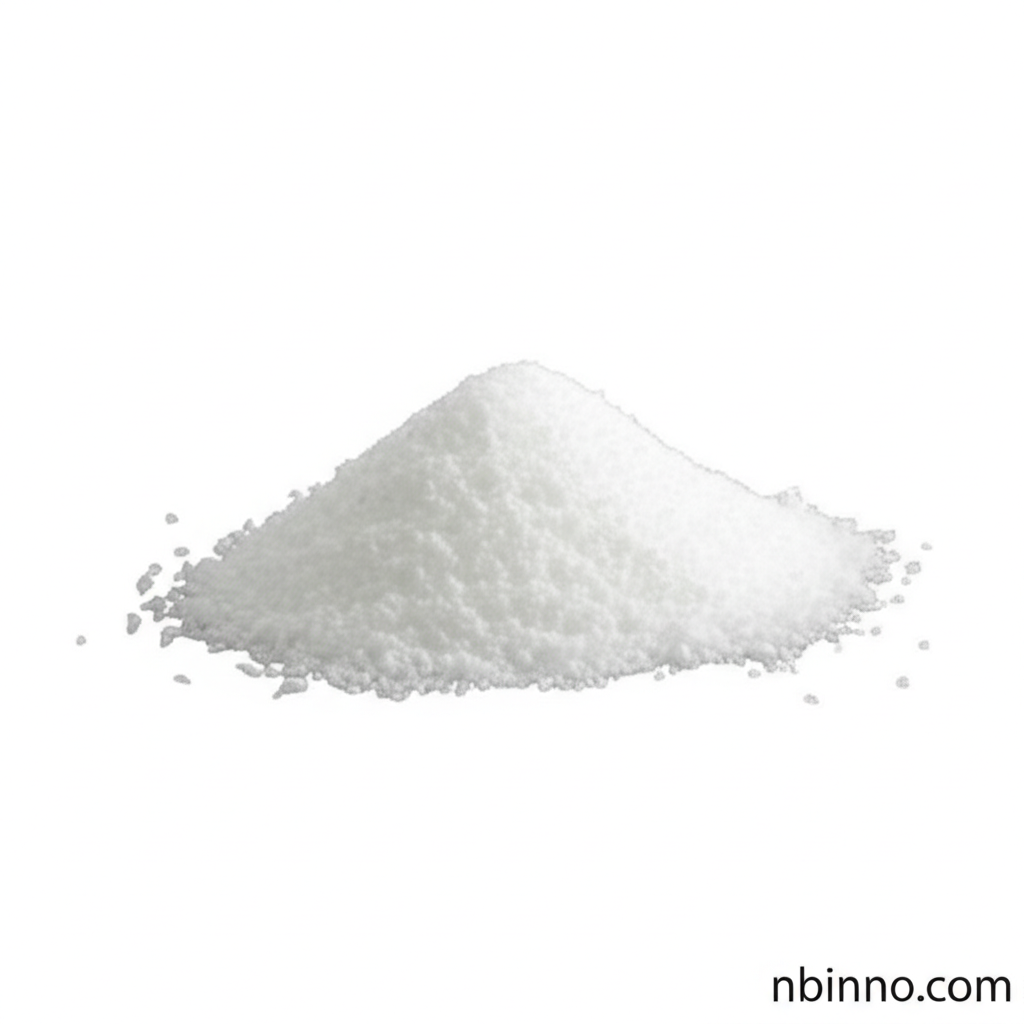2,3-Dicyanopyridine: Synthesis, Properties, and Applications
Explore the key chemical compound 2,3-Dicyanopyridine, essential for organic synthesis and pharmaceutical intermediates.
Get a Quote & SampleProduct Core Value

2,3-Dicyanopyridine
2,3-Dicyanopyridine, also known as 2,3-Pyridinedicarbonitrile, is a vital chemical entity with the CAS registry number 17132-78-4. Its molecular formula is C7H3N3, and it possesses a molecular weight of 129.12. This compound is primarily utilized in various organic synthesis pathways and serves as a crucial building block for pharmaceutical intermediates.
- Leveraging the unique properties of 2,3-dicyanopyridine is essential for advancing modern organic synthesis processes.
- Discover the detailed properties of CAS 17132-78-4, critical for understanding its reactivity and applications.
- As a key pyridine-based intermediate, this compound plays a significant role in the development of new pharmaceutical compounds.
- Learn about the synthesis and preparation methods of fine chemical dicyanopyridine for efficient production.
Product Advantages
High Purity
Ensuring >99% purity for 2,3-dicyanopyridine is paramount for consistent results in demanding applications like pharmaceutical synthesis.
Versatile Reactivity
The dicyano groups on the pyridine ring offer versatile reactivity, enabling complex molecular constructions for advanced chemical synthesis.
Established CAS Number
The well-defined CAS 17132-78-4 ensures reliable sourcing and integration into supply chains for pharmaceutical building blocks.
Key Applications
Organic Synthesis
The compound is a valuable reagent in diverse organic synthesis reactions, facilitating the creation of complex molecular structures.
Pharmaceutical Intermediates
Its role as a pharmaceutical intermediate makes it indispensable for the development and manufacturing of active pharmaceutical ingredients.
Chemical Research
Researchers utilize 2,3-dicyanopyridine in laboratory settings for exploring new chemical pathways and developing novel compounds.
Heterocyclic Compound Synthesis
It serves as a fundamental building block in the synthesis of various heterocyclic compounds, crucial for medicinal chemistry.
